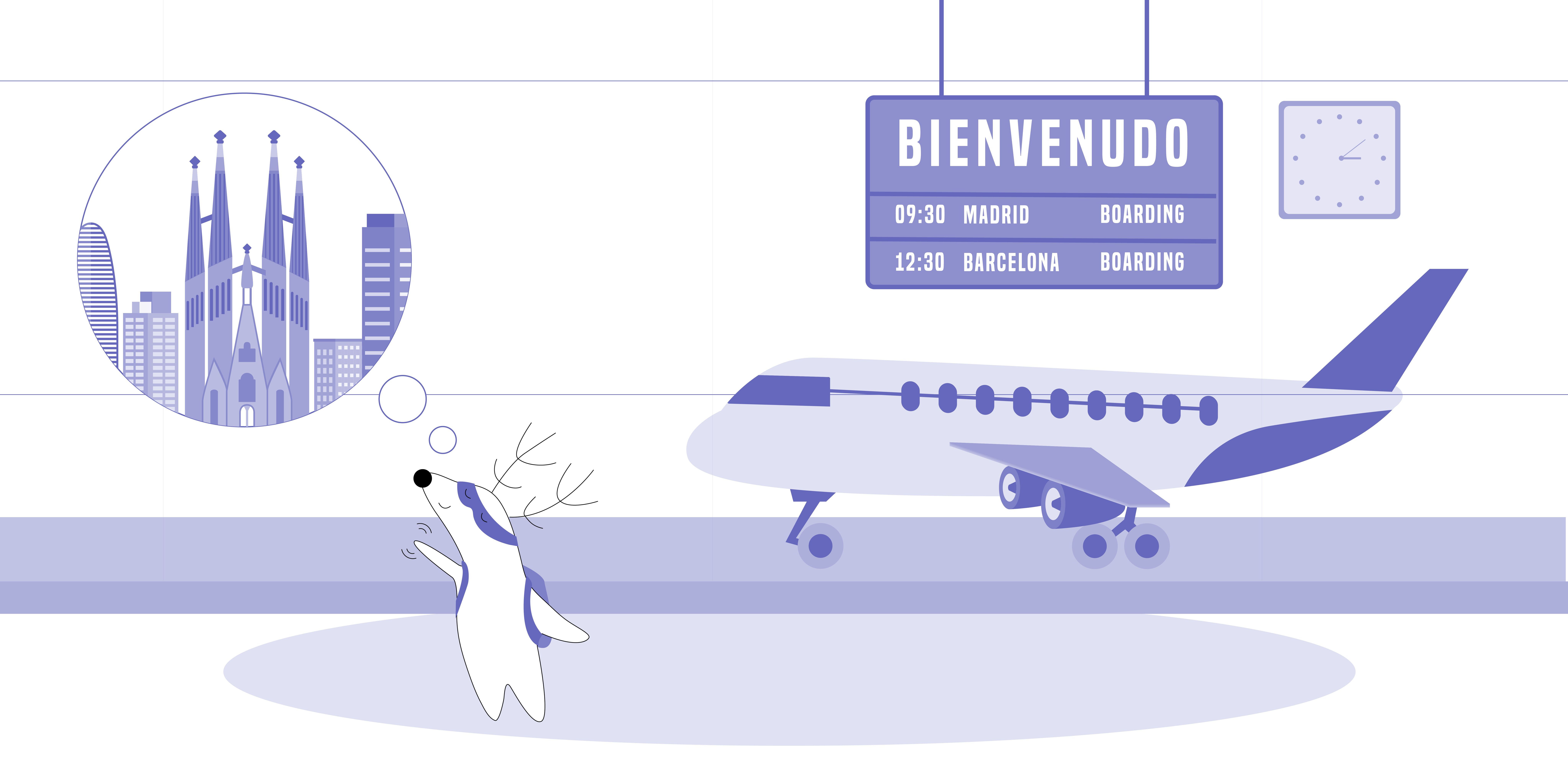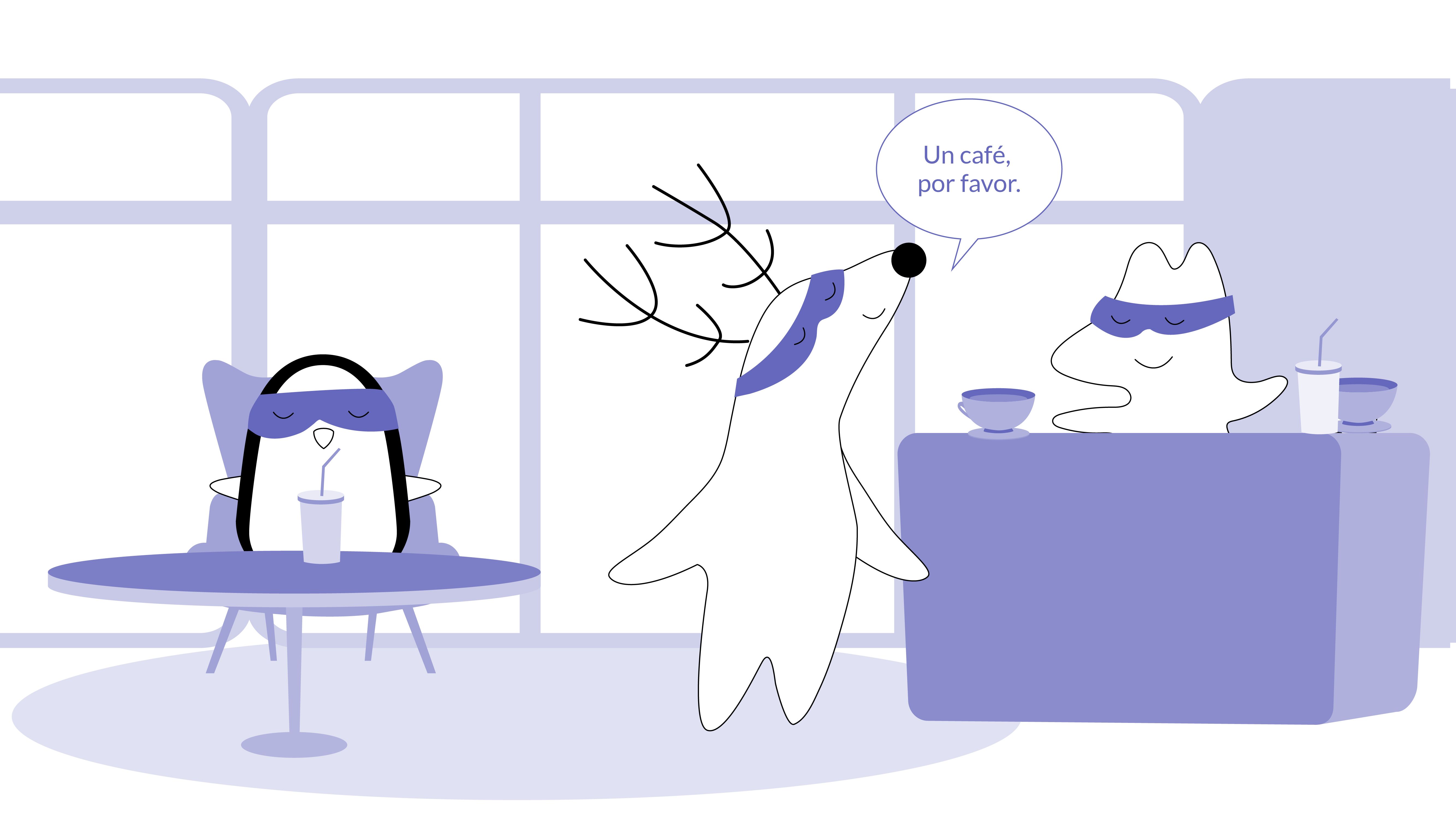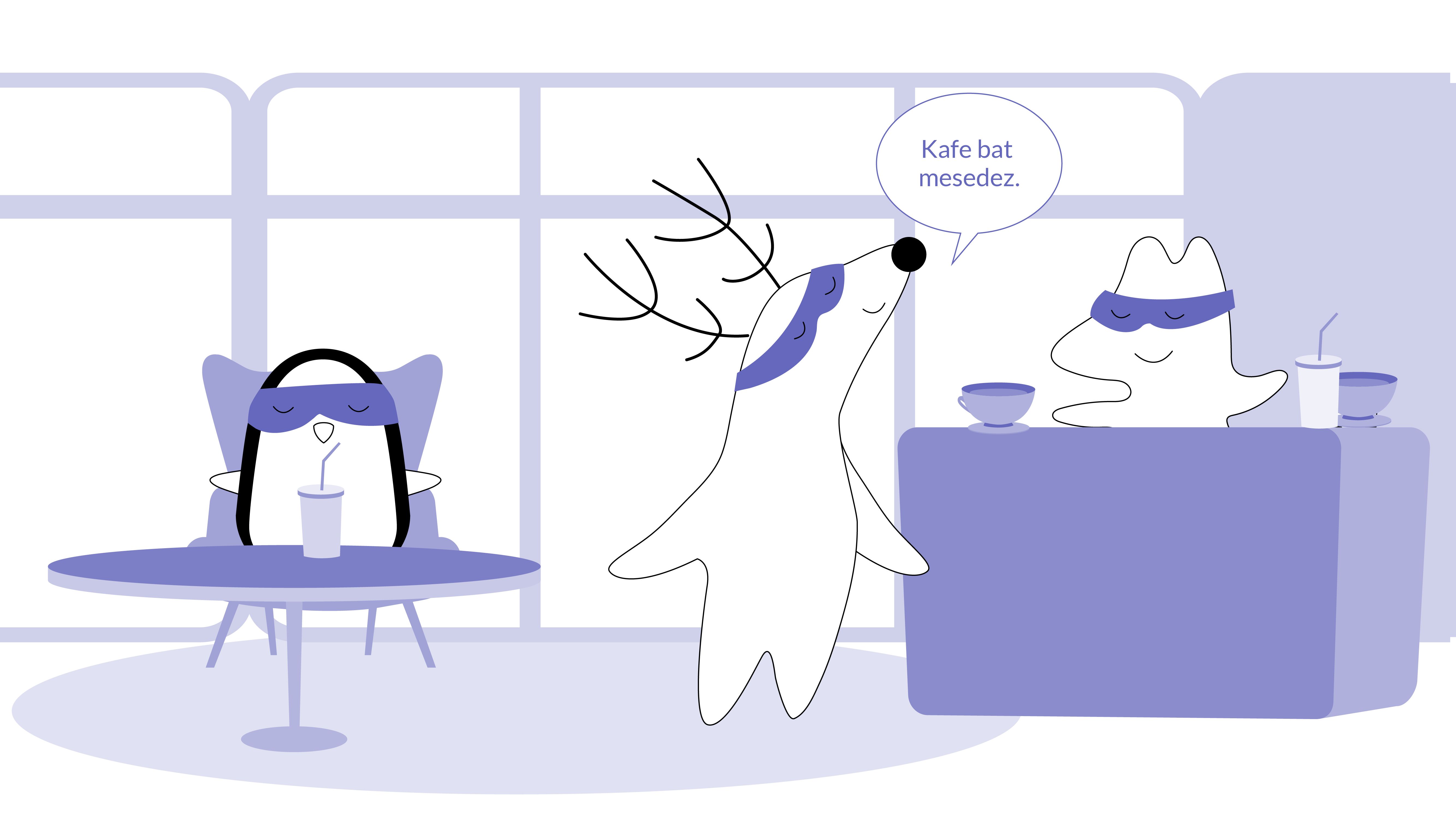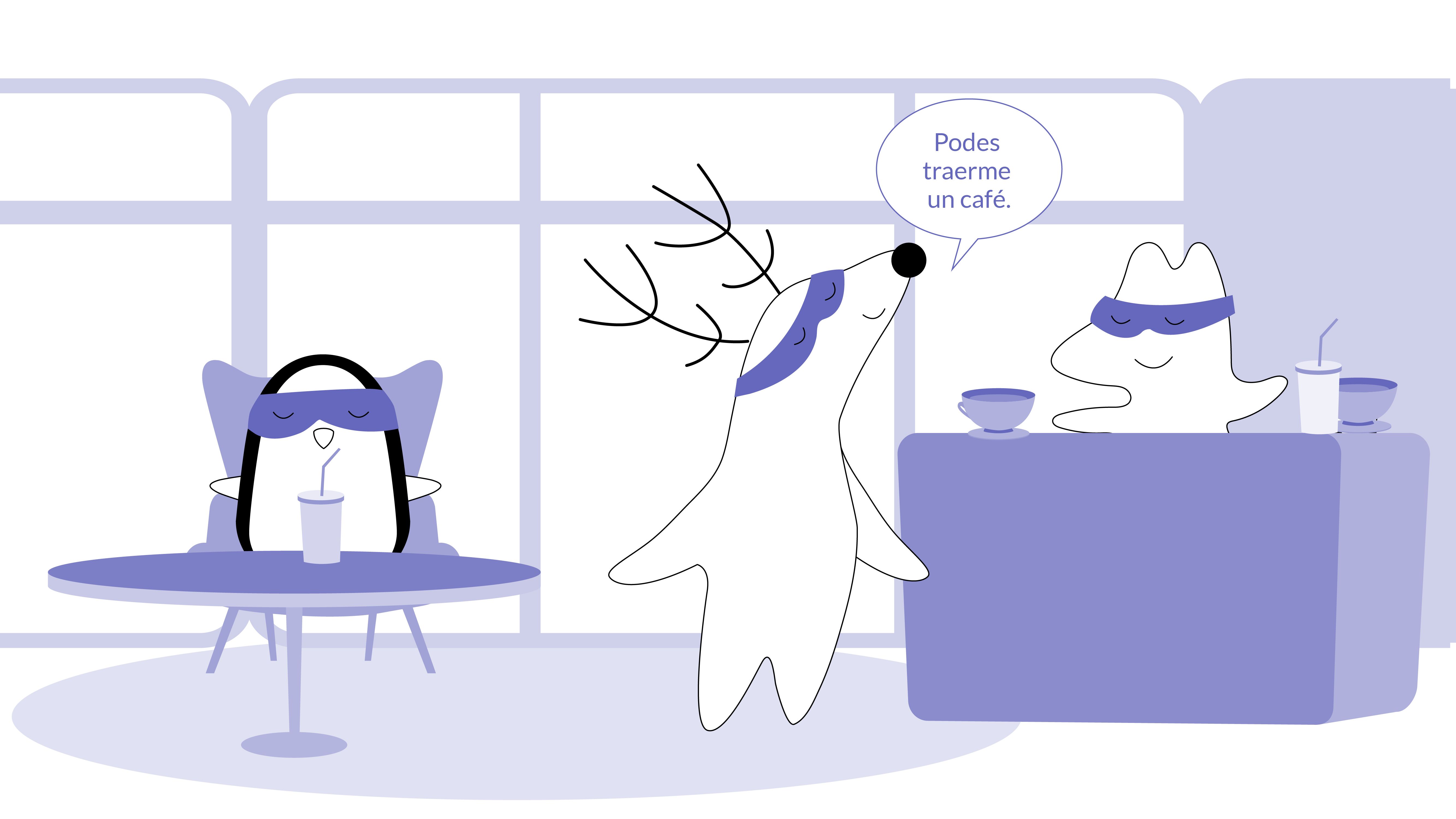
Spain, a country known for its diverse culture, rich history, and stunning landscapes, also boasts an incredibly varied linguistic heritage. This European nation is not just a hub for those who wish to immerse themselves in Spanish; it's also a haven for language enthusiasts eager to explore the linguistic diversity that thrives within its borders.
Whether you're a Spanish learner, a cultural explorer, or someone considering making Spain their new home, understanding the languages spoken across this vibrant country can enrich your experience and deepen your appreciation for its multifaceted character.
The linguistic tapestry of Spain is a testament to the country’s complex history, with various languages coexisting and flourishing in different regions. While Castilian Spanish is the dominant and official language nationwide, recognized and used by the vast majority, Spain’s commitment to linguistic diversity is evident in its recognition of several co-official languages.
Each of these languages reflects the unique identity of various Spanish communities, adding layers of richness to the nation's cultural narrative.
Learn Spanish with Langster
What Language Do They Speak in Spain?
The presence of different languages within Spain's borders is a fascinating consequence of the country's complex historical context. Over centuries, various groups and cultures have converged, merged, and sometimes clashed on this territory, each leaving a linguistic imprint that contributes to the current linguistic diversity.
The formation of Spain's regional languages, such as Catalan, Galician, and Basque, can be traced back to distinct historical, social, and cultural developments in those areas. These languages have not only survived but have flourished, thanks in part to Spain's legal and institutional support for linguistic diversity.
This multiplicity of official languages spoken in Spain shows the resilience of regional identities and the importance of language as a carrier of history and culture, offering a richer, more nuanced understanding of the Spanish identity itself.
Spanish: The Lingua Franca of Spain

Spanish, or Castilian Spanish, stands as the official language of Spain, serving as the primary means of communication across the nation. This Romance language is spoken by virtually the entire population, boasting over 43 million native speakers within the country's confines.
This widespread use of Spanish throughout Spain is not just a result of governmental policy but also reflects centuries of linguistic evolution and cultural assimilation. The dominance of the Spanish language can be traced back to the Reconquista, a centuries-long period during which Christian kingdoms in the north gradually reclaimed the Iberian Peninsula from Islamic rule.
This era saw the expansion of the Kingdom of Castile, bringing its language — Castilian Spanish — to the forefront of Spanish society. Following the unification of Castile and Aragon and the subsequent discovery of the Americas, Castilian Spanish took prominence as the language spoken everywhere, spreading even further and cementing its status as the primary language of government, education, and commerce.
In contemporary Spain, despite the presence and official recognition of other regional languages, Spanish remains the most spoken language due to its use in national media, its status as the language of instruction in schools, and its role as the common language in all governmental affairs.
This universality makes European Spanish not only a tool for daily communication but also a binding force that contributes to the cohesive Spanish national identity. Its global reach, with millions of Spanish speakers across the world, further attests to its significance not only within Spain but as a vital part of the world's linguistic heritage.
Basque: A Language of Mystery and Resilience

Unlike Spanish and the other regional languages of Spain, Basque (Euskara) stands out due to its non-Indo-European roots, making it a linguistic enigma. Its origins remain a topic of fascination and debate among linguists, as they predate the arrival of Indo-European languages in the region. Basque is primarily spoken in the Basque Country (Euskadi) and Navarre in northern Spain, and in the Pyrénées-Atlantiques department of southwestern France.
With approximately 750,000 native speakers, the Basque language is a minority language, yet it enjoys a level of vitality and institutional support that has contributed to its survival and growth. The Basque Autonomous Community provides robust educational programs, media in Basque, and official status alongside Spanish, ensuring the language's preservation and use in public life.
Today, Basque is taught in schools throughout the Basque Country, and it is a compulsory subject in many areas, which has significantly increased the number of speakers over recent decades.
Euskara exemplifies the complexity and diversity of Spain's linguistic landscape, offering insights into the country's pre-Indo-European past and symbolizing the enduring nature of cultural identity through language. Its unique status and intriguing origins continue to attract interest from linguists and language learners alike, making it a crucial part of Spain's linguistic and cultural heritage.
Catalan: A Language at the Intersection of Culture and Politics

Catalan, a Romance language that evolved from Vulgar Latin, is another vital thread in the fabric of Spain's linguistic and cultural diversity. It is spoken by over 9 million people, primarily in Catalonia, the Balearic Islands, and the Valencia region, with smaller communities in Aragon and Murcia. Beyond Spain, Catalan is spoken in the eastern part of France, the city of Alghero in Sardinia, Italy, and in the tiny nation of Andorra, where it is the official language.
The origins of Catalan and other languages can be traced back to the Middle Ages, flourishing as a language of literature, commerce, and governance during the medieval period, particularly within the Crown of Aragon.
This era saw the expansion of Catalan's influence through the Mediterranean, marking it as a language of administration and high culture. However, following the political union of the Crown of Aragon with Castile, the Castilian Spanish gradually became more dominant. Despite this, the Catalan language has preserved its distinct identity and continues to be a living language, rich in literature, daily communication, and media.
Its Political Importance
Politically, Catalan has been at the center of contemporary debates on regional autonomy and identity, especially evident in the independence movement in Catalonia. The language has become a symbol of resistance and a tool for asserting cultural and political identity, underscoring the intricate links between language, nationhood, and political aspiration. The Spanish government's response to the Catalan independence referendum in 2017 and the subsequent push for language rights highlight the tensions between national unity and regional autonomy.
Catalan enjoys co-official status in Catalonia, the Balearic Islands, and Valencia, reflecting its integral role in public and private life. The regional governments promote the use of Catalan in education, media, and public administration, ensuring its preservation and growth despite the predominance of Spanish in broader national and global contexts.
Galician: A Lingual Bridge Between Cultures

Galician, or Galego, is another of the most widely spoken languages in Spain. It originates from Old Portuguese, or Galician-Portuguese, which was spoken in the Kingdoms of Galicia and northern Portugal during the Middle Ages. This Romance language shares a close historical and linguistic bond with Portuguese, diverging into distinct paths in the 14th and 15th centuries.
Today, Galician is spoken by about two million people, primarily in the autonomous community of Galicia in northwest Spain. Galician's significance stretches beyond mere communication; it embodies the rich maritime and agricultural heritage of the region, reflecting a unique cultural identity that intertwines with its neighbors yet stands distinctly apart.
Features of the Galician Language
The language has a proud literary tradition, with medieval lyric poetry known as Cantigas being a celebrated highlight, showcasing its early literary prestige and influence.
Linguistically, Galician exhibits features such as the use of o before masculine nouns and a before feminine nouns, much like other Romance languages. However, it retains distinct phonetic characteristics and vocabulary, echoing both its Portuguese roots and the Galician people's unique history and cultural expressions.
Efforts to revitalize and promote Galician have been successful, with the language enjoying co-official status in Galicia. It is taught in schools, used in government, and present in media, ensuring its survival and continued relevance.
Other Languages Spoken in Spain
In addition to the major regional languages of Basque, Catalan, and Galician, Spain's linguistic landscape is enriched by several other languages and dialects that reflect its complex history and cultural diversity.
- Among these, Aranese occupies a special position. Spoken in the Val d’Aran in Catalonia, Aranese is a variety of Occitan and is officially recognized alongside Catalan and Spanish in this area, receiving protection and promotion from local authorities.
- Asturian, also known as Bable, is another language spoken in the Asturias region. While not officially recognized by the Spanish government, it enjoys a degree of recognition and support at the regional level and is taught in schools and used in cultural broadcasting.
- Aragonese, spoken in parts of Aragon, is another language that reflects the historical depth of Spain's linguistic heritage. Efforts at revitalization are underway, with institutions and local communities working to ensure its preservation and continued use in education and media.
- Extremaduran, mostly spoken in Extremadura and Leonese, found in parts of the province of León, are languages or dialects with a long history, though they have a more limited presence today.
Together, these languages contribute to the mosaic of linguistic diversity within Spain, each carrying unique cultural and historical significance. Their continued existence speaks to the vibrant multilingual and multicultural identity of the nation, illustrating the importance of language in cultural preservation and the expression of local identity.
What Language Should I Learn if I'm Moving to Spain? Our Advice
Choosing which language to learn when moving to Spain largely depends on your intended region of residence. For newcomers, gaining proficiency in Spanish is undoubtedly beneficial, as it ensures ease of communication across the entire country and opens up a wealth of cultural experiences. If you speak Spanish, you'll be able to communicate with 95% of the population in Spain.
But, of course, Spanish is not the only language you should learn if you intend to move to Spain. If you're planning to settle in Catalonia, the Basque Country, Galicia, or other areas with strong linguistic identities, learning the local language can significantly enhance your integration into the community. It demonstrates respect for the local culture and can enrich personal interactions, making your transition smoother and more enjoyable.
Conclusion
In conclusion, the tapestry of Spain's linguistic heritage, from the global lingua franca of Spanish to the resilient regional languages of Catalan, Galician, and more underlines the rich diversity and cultural depth of this vibrant nation. Understanding and engaging with Spain's languages opens doors to deeper cultural immersion and fosters meaningful connections with its people.
For those moving to or interested in Spain, learning the local language where you plan to reside not only facilitates daily interactions but also bridges cultural gaps, nurturing a sense of belonging and community. For this linguistic journey, Langster emerges as an excellent ally.
By integrating culture and language learning, Langster makes mastering Spanish engaging, ensuring that you're not just learning words but also understanding the heartbeat of Spain's diverse communities. Choose Langster as your companion in exploring the linguistic landscapes of Spain and unlock a world of enriching experiences that await.
Learn Spanish with Langster









